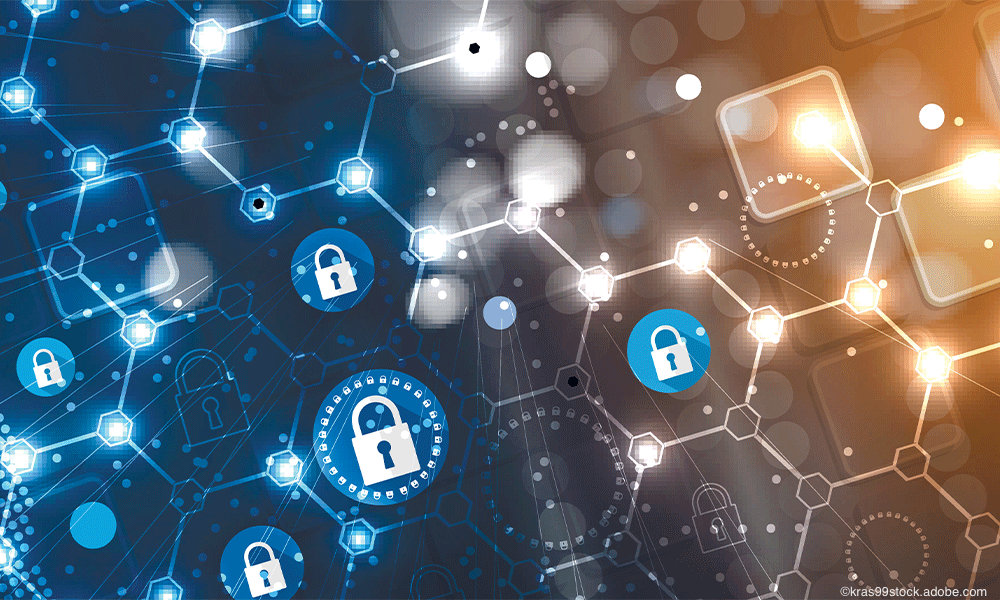Recent advancements in the medtech market
Technology to consider implementing in your practice

Innovations in healthcare have become very popular in the third decade of the 21st century, especially as modern technology has elegantly matured to new levels of sophistication. Since the start of the covid-19 pandemic, investing in different health products, pharmaceuticals, medicines, masks, and other segments associated with healthcare has skyrocketed and become more relevant and capable than ever before.
The ongoing lockdown reality and trend for remote services across many industries has pushed healthcare providers worldwide to use technological advancements more often, spurring the growth of digital services in the medical technology market. The request for online consultations increased by nearly 350%, and the sale of drugs through online pharmacies soared to an astonishing 600% during this time! According to the research agency Research and Markets, the global digital health market is expected to grow by 37.1% in 2021 and reach $508.8 billion by 2027.
Having immersed themselves in technology, some doctors have realized the extent to which online services make workflows easier while measurably improving patient outcomes. Routine tasks and operations can be executed more comfortably, and consulting can be done remotely thus saving time and reducing the risk of infection with the virus.
So, what are the main trends in this decade’s healthcare developments?
Online Assistants
In 2020, multiple AI startups launched new medical voice assistants. The little digital helpers can recognize a doctor's conversation with their patient in real-time, and can prepare reports of visits, update the electronic medical record, and write out the prescriptions once each consultation is completed, with impressive accuracy that needs minimal time from the doctor to verify. Using the system on a daily basis helps doctors save about two to three hours of work.
Before the voice assistant transmits data to the system, the doctor checks the patient information manually. This is convenient since the AI takes over the routine work, but the doctor still can control the result.
Blockchain technology
The emerging blockchain technology has the much-needed potential to transform the healthcare industry, placing the patient at the center of its complex ecosystem and increasing the security, privacy, and interoperability of health data overall.
Currently, existing IT systems of the healthcare industry are in need of a fundamental upgrade, and the blockchain can undoubtedly become the very stone on which the future of these systems will stand. With distributed ledgers in place, certain current challenges such as health data interoperability, overall integrity, security, portable user data, and processing speed could be tackled on a totally new level.
Regarding the more fundamental aspects, blockchain technology could enable data exchange systems that are cryptographically secured, which will allow seamless access to historic and real-time patient data – and with it, the cost of data reconciliation is one that will no longer be a concern.
Smart diagnostics
During the COVID-19 outbreak, doctors did not initially know how to detect infection in patients in advance in order to reduce the risk of morbidity. Artificial intelligence came to the rescue, which, by the sound of a person's cough and speech, were able to help doctors understand whether a patient is sick with a coronavirus, or some other ailment. Now, the databases have become more extensive, allowing the AI to more efficiently detect whether a person is infected with COVID or not.
Chatbots for users
Chatbots gained traction a few years ago, but only nowadays have they become really sophisticated and able to provide genuine assistance to users. The bot's job is to remind patients of the importance of the procedure carefully. Chats inform patients about the benefits of the test, and what to expect before, during, and after the procedure. The chatbot also tells you the date and place of each appointment, and can remind you of your upcoming appointment in good time beforehand.
Telemedicine
A few years ago, this sector was emerging, but what was once a niche offering relegated more to rural and regional patients has now become one of the most popular and promising trends globally, and will likely stay with us for a very long time. Experts consider the ability of telemedical solutions to manage patients with chronic diseases, provide services to remote areas, and improve the legal framework for remote medical care among the key growth drivers.
Augmenting Telemedicine and Faster Healing with Medical Devices
A simple new solution which combines an ingeniously elegant mix of smart device and telemedical online assistance has emerged to revolutionize healing and care for those with lower limb injuries. It provides both real-time and highly accurate data while at a very affordable low cost, and is a device and accompanying secure online service and app that can effectively be infinitely re-used by any number of patients.
Telemedicine’s advanced opportunities include ease of subspecialist access, easier postoperative evaluations, decreased travel burden for out-of-town patients, marketing, and an increased proportion of actual in-office patient visits being surgical in nature. The current mainstream use of telemedicine in orthopedic surgery is advancing fast, and we’ll surely see more acceptance over the next few years.
About the Author
Ilya Popov, co-founder and CEO of ComeBack Mobility.
Newsletter
Optimize your practice with the Physicians Practice newsletter, offering management pearls, leadership tips, and business strategies tailored for practice administrators and physicians of any specialty.